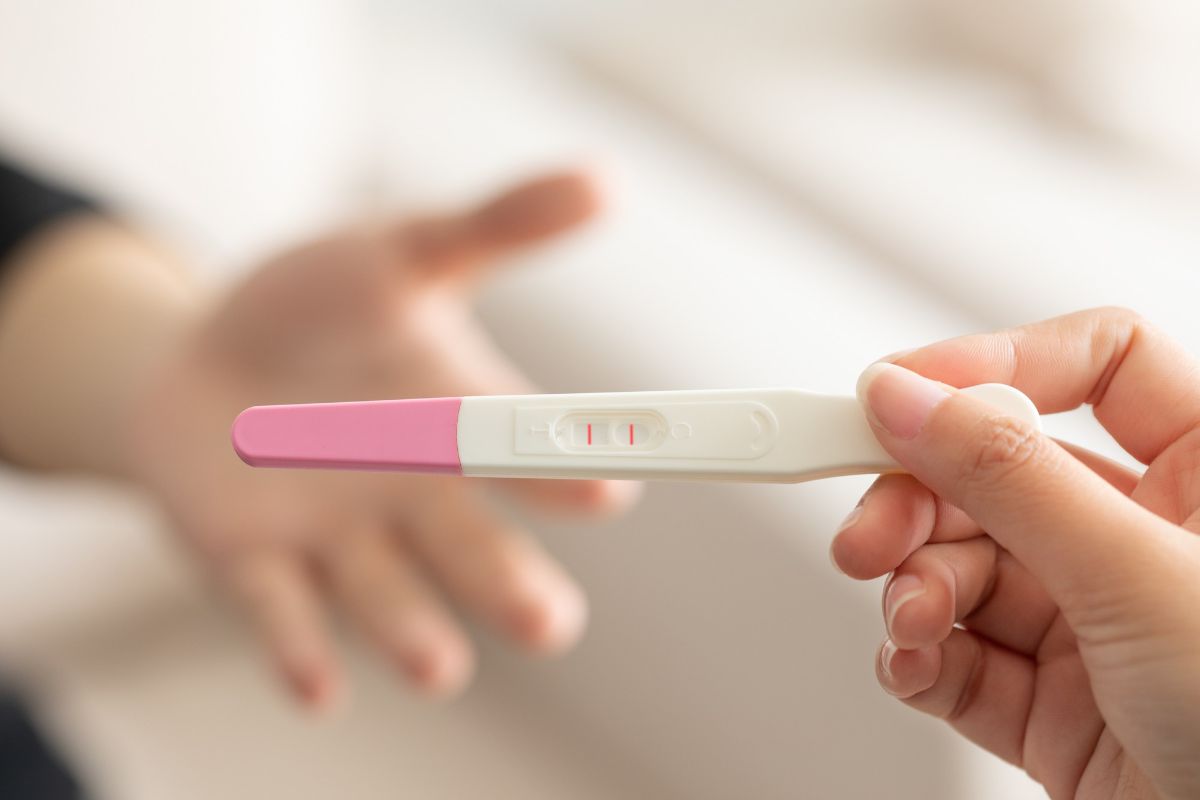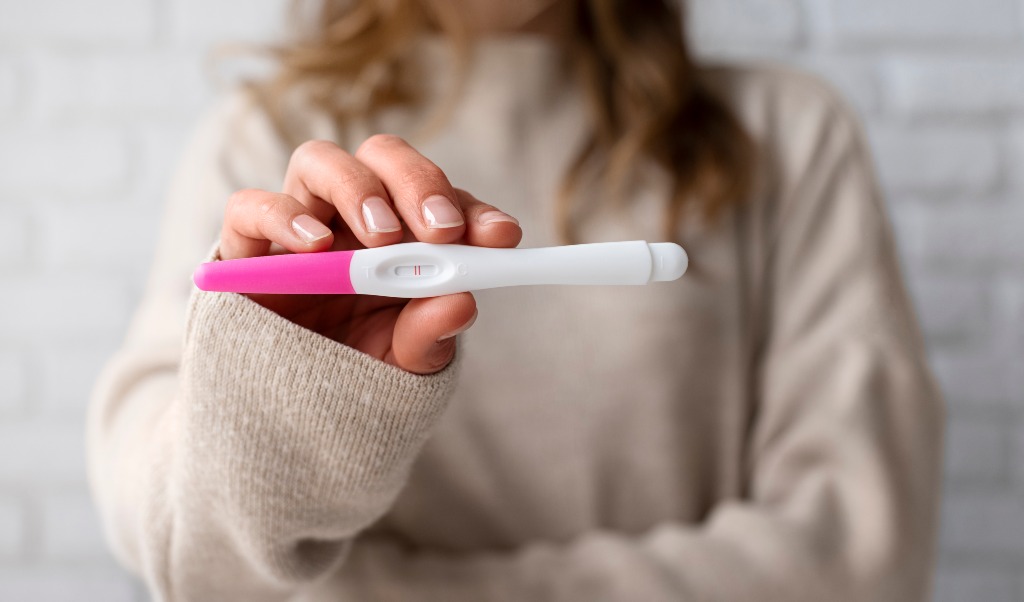A negative pregnancy test at 10 days past ovulation (DPO) can be confusing and disappointing for those hoping for a positive result. However, understanding what this result means, the factors influencing pregnancy test accuracy, and what steps to take next can help manage expectations and reduce uncertainty. In this guide, we’ll explore the significance of 10 DPO, potential reasons for a negative test, and whether there’s still a chance for pregnancy.
What Does 10 DPO Mean?
DPO (Days Past Ovulation) refers to the digit of days that have passed since ovulation occurred. Ovulation, the freedom of a mature egg from the ovary, typically happens around day 14 in a standard 28-day menstrual cycle.
By 10 DPO, the fertilized egg (if conception occurred) may have implanted into the uterine lining, prompting the body to produce human chorionic gonadotropin (hCG)—the hormone detected by pregnancy tests. However, implantation timing and hCG levels vary from person to person, meaning a negative test at 10 DPO doesn’t always mean you’re not pregnant.
Interpreting a 10 DPO Negative Pregnancy Test

A negative test at 10 DPO can trigger feelings of disappointment, frustration, and anxiety. But before assuming you’re out for this cycle, consider the following possibilities:
1. Your hCG Levels May Still Be Too Low
- hCG levels start rising only after implantation, which can happen between 6–12 DPO.
- If implantation occurred on the later side (e.g., 9–12 DPO), there may not be enough hCG in your system for a test to detect.
- Some home pregnancy tests have higher sensitivity than others, meaning a test with a higher threshold might not pick up early pregnancy hormones.
2. Variability in Implantation Timing
- Implantation occurs at different times for different women.
- Late implantation (after 10 DPO) means hCG production is delayed, which can result in a false negative.
- If you ovulated later than expected, what you consider 10 DPO might be earlier.
3. False-Negative Test Results
False negatives can happen for several reasons:
- Testing too early before hCG has reached detectable levels.
- Using a less sensitive pregnancy test that requires higher hCG levels.
- Take the test later in the day when urine is diluted.
- Not following test instructions properly (e.g., waiting too long or insufficient to check the results).
Can You Have Pregnancy Symptoms at 10 DPO?
Some women experience early pregnancy symptoms even before a test turns positive. However, many of these symptoms overlap with PMS, making them unreliable signs.
Common Symptoms at 10 DPO
- Mild cramping (implantation cramping)
- Light spotting (implantation bleeding)
- Fatigue
- Breast tenderness
- Nausea or food aversions
- Increased urination
If you’re experiencing these symptoms but still getting a negative test, don’t lose hope—you may still be pregnant.
What to Do Next After a 10 DPO Negative Test

If your test is negative at 10 DPO, here’s what you should do next:
1. Wait and Retest in a Few Days
- hCG levels crease every 48–72 hours in early pregnancy.
- Retesting at 12 DPO or later can provide a more accurate result.
- Using a first-morning urine sample (when hCG is most concentrated) improves accuracy.
2. Track Your Symptoms
- Keep an eye on symptoms like implantation bleeding (light pink or brown spotting) and cramping.
- If PMS-like symptoms fade instead of intensify, it could signify pregnancy.
3. Consider Blood Testing
- If you suspect pregnancy but keep getting negative home tests, a quantitative blood test (beta hCG test) at a doctor’s office can detect lower levels of hCG than urine tests.
4. Prepare for Your Next Cycle
- If you’re not pregnant this cycle, tracking ovulation (using ovulation predictor kits & basal body temperature) can improve your chances next time.
When to See a Doctor
- If your period is significantly late (more than a week) but tests are still negative, consult a doctor.
- If you have irregular cycles & difficulty conceiving after several months, a fertility specialist can help identify potential issues.
Conclusion
A 10 DPO negative pregnancy test doesn’t necessarily mean you’re not pregnant. It could simply be too early for detection. Implantation timing, hCG levels, and test sensitivity determine whether a pregnancy test is positive. If you hope for a positive result, stay patient and retest in a few days. If pregnancy isn’t confirmed this cycle, there’s always next month. Stay hopeful, informed, and proactive on your fertility journey.











